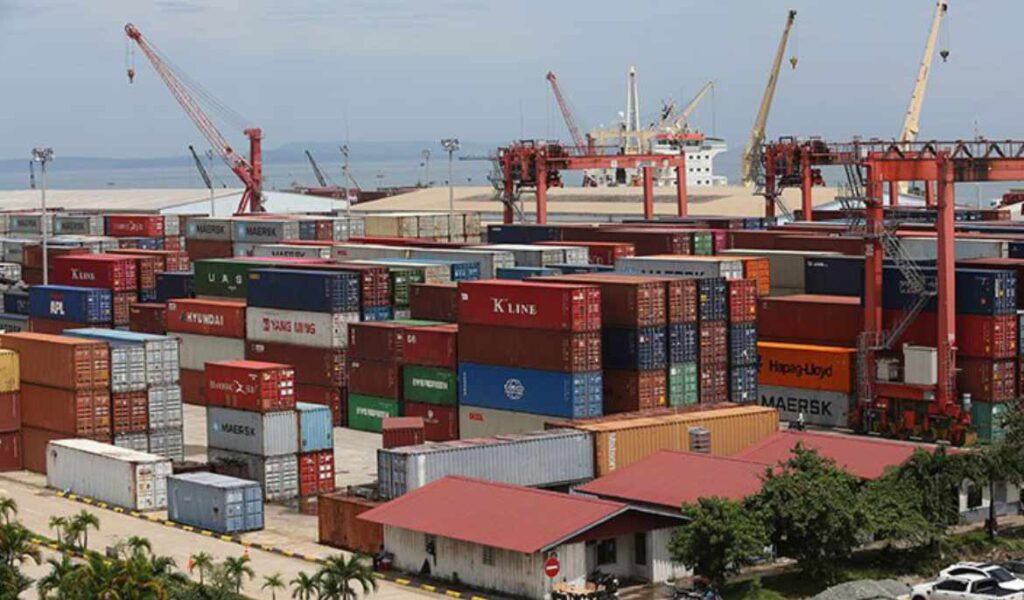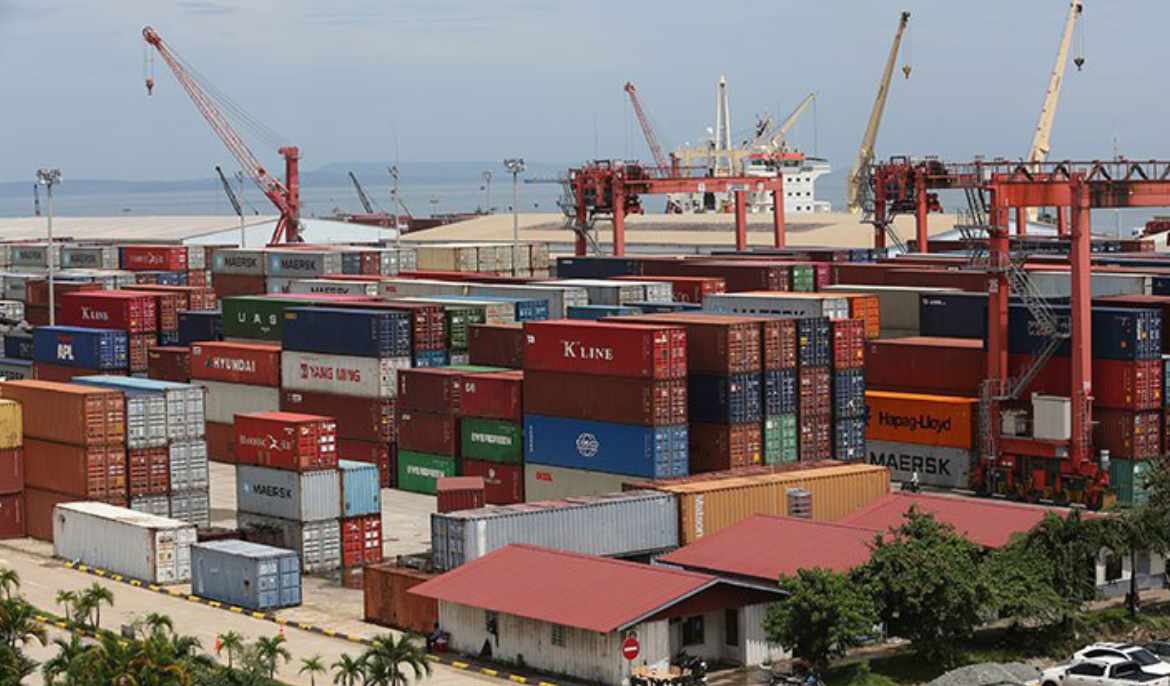Trade between Cambodia and China exceeded $4 billion in the first quarter of 2025, marking a 26 percent rise from the same period last year, according to a recent report from Cambodia’s General Department of Customs and Excise (GDCE).
GDCE data revealed that bilateral trade reached $4.06 billion, reflecting a 26.7 percent increase from $3.2 billion in the corresponding period of 2024.
Cambodia’s exports to China totalled $348.19 million, down 4.9 percent year-on-year, while imports from China surged 30.8 percent to $3.72 billion.
Penn Sovicheat, Secretary of State and Spokesman for the Ministry of Commerce (MoC), highlighted the growing economic cooperation between Cambodia and China during a forum on ‘Cambodia-China Relations in a New Context’ earlier this week.
He emphasized that “Cambodia-China relations have contributed to economic growth, investment, trade, and infrastructure development.”
Sovicheat further said, “Cambodia and China share a community with a common destiny, aiming to collaborate on development, resource sharing, security, and cultural exchange.” This reflects the strong and strategic partnership between the two nations, which has expanded significantly over the years.
A major milestone in this relationship is the Cambodia-China Free Trade Agreement (CCFTA), which has been “successfully implemented”. Sovicheat noted that “as a result, trade volume has continuously increased.”
The steady rise in trade demonstrates the deepening economic ties between the two countries and signals potential for further expansion in the future.
Cambodia’s exports to China primarily consist of agricultural products, including “rice, cashews, cassava, fish, and more”.
Sovicheat explained that “this trade cooperation encourages value-added processing, as market conditions and demand have driven Cambodia to transform raw materials into finished products that meet consumer needs.” This shift is helping Cambodian producers move up the value chain.
Additionally, he highlighted that “MoC has been actively promoting Cambodian brands and locally made goods.” By strengthening local industries and ensuring higher quality standards, the government aims to boost Cambodia’s competitiveness in regional and global markets while attracting further investment into its growing economy.
Speaking to Khmer Times, Lor Vichet, Vice President of the Cambodia Chinese Commerce Association (CCCA), highlighted Cambodia’s ongoing trade surplus with China, as consistently reflected in data from GDCE. He explained that Cambodia’s role as an investment hub is largely driven by its low production costs. However, this advantage comes with a dependency on imported raw materials.
“Cambodia serves as an investment destination primarily benefiting from low production costs, as the goods produced and exported from Cambodia largely depend on imported raw materials.
The more Cambodia exports products such as textiles, shoes, bags, and suitcases, the more raw materials it must import,” Vichet said.
He stressed the need for Cambodia to adapt to the increasingly complex and uncertain global trade environment. One key strategy, he suggested, is for the country to explore and develop alternative trade routes to ensure its economic stability.
To strengthen its economy and reduce its dependence on imports, Cambodia should invest in domestic production of essential raw materials like fabric, buttons, zippers, and leather, Vichet noted. However, he acknowledged that producing large machinery remains a challenge. By manufacturing raw materials locally, Cambodia could reduce its reliance on Chinese imports and, in turn, gradually narrow its trade surplus with China.
“At present, Cambodia exports only a small amount of agricultural products to China, so efforts should be made to strengthen this sector,” he added.



